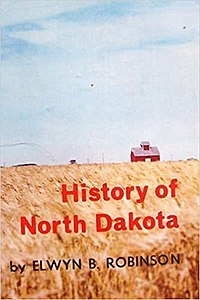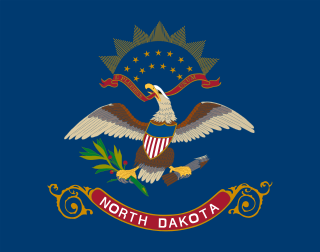
North Dakota is a U.S. state in the upper Midwest of the country. It is named after the indigenous Lakota and Dakota Sioux, who historically dominated the territory and remain a large community. North Dakota is bordered by the Canadian provinces of Saskatchewan and Manitoba to the north and by the U.S. states of Minnesota to the east, South Dakota to the south, and Montana to the west. It is believed to host the geographic center of North America, situated in the town of Rugby, and is home to the tallest man-made structure in the Western Hemisphere, the KVLY-TV mast.
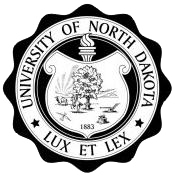
The University of North Dakota is a public research university in Grand Forks, North Dakota. Established by the Dakota Territorial Assembly in 1883, six years before the establishment of the state of North Dakota, it is the state's oldest university. UND was founded with a liberal arts foundation and expanded to include scientific research.
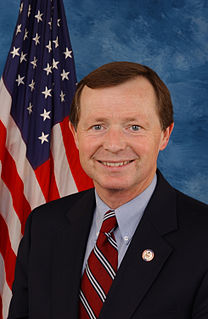
Earl Ralph Pomeroy III is an American lawyer and politician who served as the U.S. Representative for North Dakota's at-large congressional district from 1993 to 2011. He is a member of the North Dakota Democratic-NPL Party. He currently serves as Senior Counsel for the Washington, D.C. branch of Alston & Bird.
The North Dakota Democratic–Nonpartisan League Party is the North Dakota affiliate of the Democratic Party. It was formed as the outcome of a merger of two parties; the state previously had a three-party political system. It is one of only two state Democratic Party affiliates to have a different name, the other being the neighboring Minnesota Democratic–Farmer–Labor Party.

Minnesota State University Moorhead (MSUM) is a public university in Moorhead, Minnesota. The school has an enrollment of 7,534 students in 2019 and 266 full-time faculty members. MSUM is a part of the Minnesota State Colleges and Universities system. MSUM is located on the western border of Minnesota on the Red River of the North in Moorhead; across the river lies Fargo, North Dakota.

North Dakota was first settled by Native Americans several thousand years ago. The first Europeans explored the area in the 18th century establishing some limited trade with the natives.
The North Dakota Fighting Hawks represent the University of North Dakota, competing as a member of the Missouri Valley Football Conference (MVFC) in the NCAA Division I's Football Championship Subdivision. From 1973 to 2008, they played in the NCAA's NCAA Division II, winning the National Championship in 2001. From 1955 to 1972, they competed in the NCAA's College Division where they participated in and won three bowl games.

The John D. Odegard School of Aerospace Sciences is a multidisciplinary college within the University of North Dakota (UND) in Grand Forks, North Dakota. The school was formed in 1968. The majority of the school's fleet of over 120 aircraft is based at nearby Grand Forks International Airport and is the largest fleet of civilian flight training aircraft in North America. UND Aerospace also operates a flight training center in Phoenix, Arizona. Today, the school has many aerospace-related programs including commercial aviation, Unmanned aircraft systems operations, air traffic control, airport management, Space Studies, Computer Science, Atmospheric Sciences, and Earth System Science & Policy. Currently, the school has over 500 faculty and 2,000 students making it the second largest of UND's degree-granting colleges. The present dean of the school is Robert Kraus.
Lucy Johnston Sypher wrote a series of four children's books based loosely on her childhood in the small prairie town of Wales, North Dakota: The Edge of Nowhere (1972), Cousins and Circuses (1974), The Spell of the Northern Lights (1975), and The Turnabout Year (1976).

Edward Bulwer Cochems was an American football player and coach. He played football for the University of Wisconsin from 1898 to 1901 and was the head football coach at North Dakota Agricultural College—now known as North Dakota State University (1902–1903), Clemson University (1905), Saint Louis University (1906–1908), and the University of Maine (1914). During his three years at Saint Louis, he was the first football coach to build an offense around the forward pass, which became a legal play in the 1906 college football season. Using the forward pass, Cochems' 1906 team compiled an undefeated 11–0 record, led the nation in scoring, and outscored opponents by a combined score of 407 to 11. He is considered by some to be the "father of the forward pass" in American football.
Elwyn B. Robinson was an American historian of the North American Great Plains who focused on the US state of North Dakota. He was a professor of history at the University of North Dakota from 1953 until his retirement in 1970. He is notable both for his radio presentations “Heroes of Dakota” and for his comprehensive work History of North Dakota, which received the Award of Merit of the American Association for State and Local History. The history contained his most famous thesis, the six themes of North Dakota history, which were widely publicized and reprinted and proved to be a dominant force in the historiography of North Dakota in the second half of the twentieth century.
The North Dakota State Normal and Industrial School at Ellendale was a state-supported institution of higher learning located in Ellendale, North Dakota. Provisions were established for its creation at the North Dakota Constitutional Convention in 1889. The school's original name was the State Manual Training School, and this is reflected in the large molded concrete marquee on the west end of the campus Armory building, which reads "MTS." In 1907, with permission of the state legislature, the school's name was changed to "State Normal and Industrial School" and the term "SNI" was adopted as a moniker. In playful style, Students and staff soon adopted the word "Snitcher" for themselves. The yearbook was the first of many to be titled "The Snitcher."
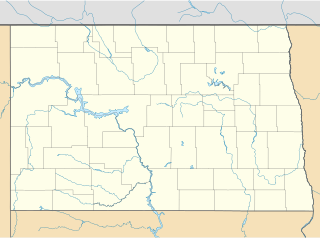
Red River Valley University was a private liberal arts college located in Wahpeton, North Dakota, and affiliated with the Methodist Church. The university opened in 1893, and operated independently until 1905, when limited funds forced the closure of the Wahpeton campus. The university's trustees then forged an affiliation agreement with the University of North Dakota (UND), and reopened the school on the UND campus as "Wesley College."

The following works deal with the cultural, political, economic, military, biographical and geologic history of pre-territorial North Dakota, Dakota Territory and the State of North Dakota.
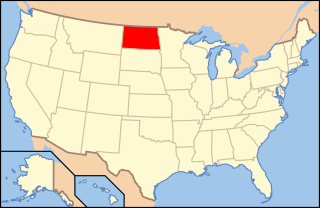
The Socialist Party of North Dakota was the semi-autonomous affiliate of the Socialist Party of America established in 1902 in the state of North Dakota. The organization had roots in a socialist club founded by Norwegian immigrants in Fargo in 1900. One of the party's professional organizers, a former farmer named Arthur C. Townley, abandoned the group in 1915 to establish a new organization called the Non-Partisan League. The rapid growth of this organization spelled the demise of the official Socialist organization in the state.
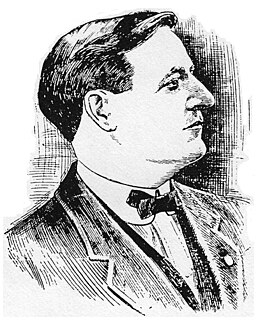
Arthur LeSueur or Arthur Le Sueur was an American socialist newspaper editor, politician, and lawyer. LeSeuer served as the Mayor of Minot, North Dakota, as a Socialist, a post to which he was elected in 1909 until his resignation in 1911.

The following works deal with the cultural, political, economic, military, biographical and geologic history of pre-territorial South Dakota, the southern part of Dakota Territory and the State of South Dakota.

The North Dakota Fighting Sioux controversy refers to the controversy surrounding the now retired nickname and logo of the North Dakota Fighting Hawks a member of the National Collegiate Athletic Association (NCAA), the athletic teams that represented the University of North Dakota (UND) based in Grand Forks, North Dakota.
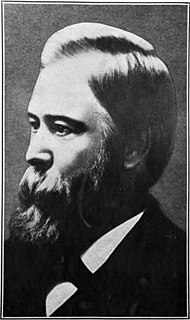
Homer Baxter Sprague was an American author, educator, abolitionist, and Lieutenant Colonel of the Union Army. A native of Sutton, Massachusetts, Sprague was a Captain of the 13th Connecticut Infantry Regiment in 1861 when the American Civil War began, and quickly rose to the rank of Colonel before being captured as a prisoner of war by the Confederate Army in 1864. In 1865 he was released in a prisoner exchange, and remained active within the military until the end of the war.
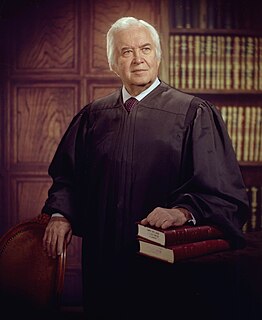
Eugene Allan Burdick was a judge in North Dakota's Fifth Judicial District and a surrogate judge of the North Dakota Supreme Court. He was on the bench from 1953 until he retired in 1978.
